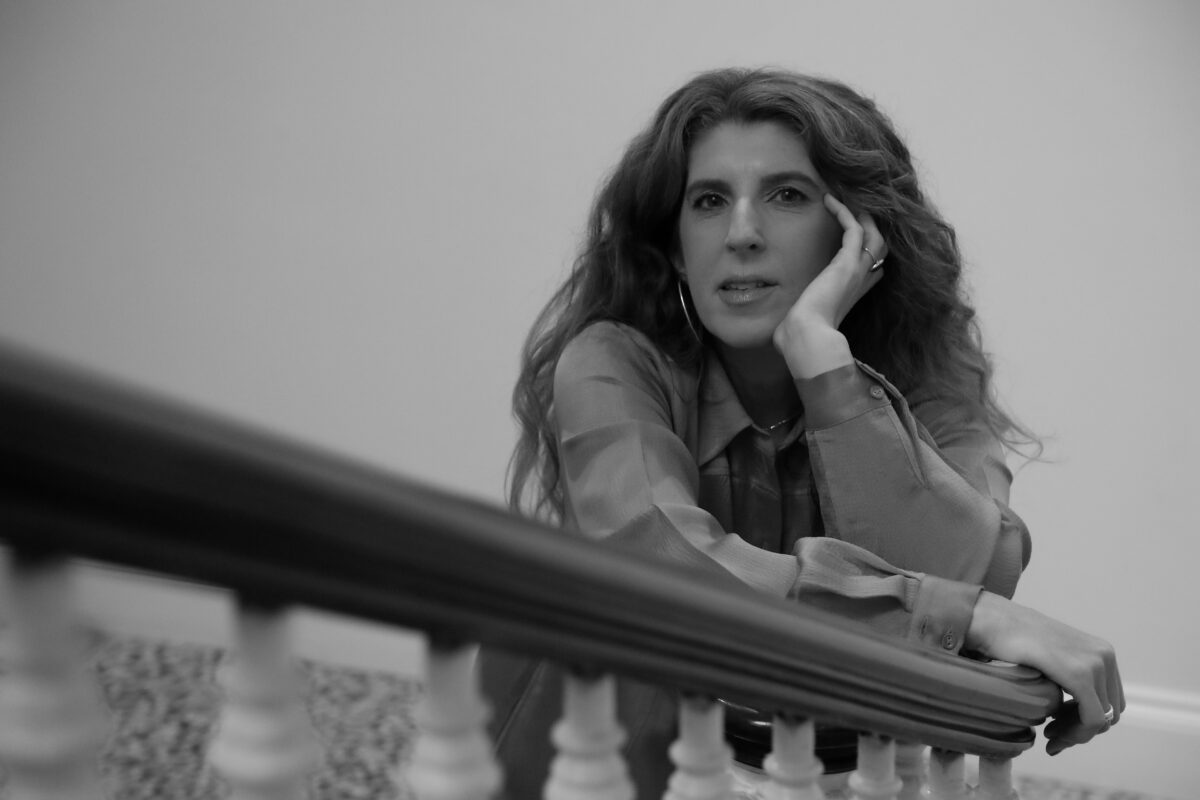Marsha, your album ‘Near Life Experience’ has been celebrated for its emotional depth. Can you share with us the personal journey or experiences that inspired the creation of ‘Love’s Not Late’?
This song was originally written as an ode to my mum for her 70th birthday celebration. I wanted to deliver a timely message of love that could properly capture the key values that I had learned from her. One of these was the value of creativity as an essential life force. The other was the high priority she placed on being a mother. The original first lyric of the song was “You taught me how to be a mother”. Later, when Producer Henry Thomas chose it for inclusion on the album, we agreed to change the lyric in order to broaden its relevance to “you taught me how to love another”. Whilst all love, including romantic love can equip us with the deepest fundamentals needed for approaching life and all its hardships, there is something unique about a mothers love in terms of its unilateral beginnings. It is how we first learn to love when we are dependent and do not know how. This has an extra societal relevance because if we have learned it from our earliest beginnings we have a ready-made blueprint for easier repetition later in life. It’s never too late to learn later of course, it’s just harder than for those lucky enough to have been born into it.
Critics have praised your ability to convey deep emotional themes through your music, particularly in ‘Love’s Not Late.’ Can you walk us through your creative process when tackling such profound subjects?
My process for this song was slightly atypical in that I knew the theme I wanted to write about before sitting at the piano. This is opposed to the majority of songs which start with me discovering the theme via finding the chords that feel emotionally in synch or a good match with how I’m feeling. The process of writing the lyrics is the same for me the majority of the time. I sing whatever sounds come into my head whilst forming the melody and then I pay close attention to the first words that emerge from free association. I suppose it is the singing equivalent of the psychological mental process that occurs in therapy. The rest of the song normally flows after those first lyrics have crystalized and then I can start to shape it from there.
In ‘Love’s Not Late,’ you explore the theme of love as a healing force in the face of life’s uncertainties. How do you envision your music impacting listeners on a personal level?
I can only extrapolate from the purpose that it served me when writing it. If it helped me to get something universal but complex clearer in my mind, I can hold the possibility that it might do that for someone else. I am always interested to know whether others connected to any aspects of it whether lyrically or musically and I would anticipate that it would be interpreted in a variety of different ways.
The instrumentation in ‘Love’s Not Late’ is rich and dynamic, with layers of piano, strings, and a spirited guitar solo. Could you elaborate on how you collaborate with your musicians to achieve such a vibrant and cohesive sound?
On a practical level, a lot of this is down to what happens in the pre-production stages. There is a long process of song shaping, honing and structure before introducing other instruments. The first band rehearsals are primarily dedicated to the rhythm section. The recording stage which follows is where other instruments are introduced into the arrangements such as the guitar and strings. A vocal guide is laid down for the band to mirror the emotional map of intensity and then choices are made over where to bring the instruments in and out. We will be looking at where to build the track and where to create more space according to the narrative. Vocal harmonies are added to enhance particular lyrics and everything is refined further once again at the mixing stage. On top of this process, the performance of the musicians is very much down to their emotional sensibilities as well as the relationships between band members which all goes into the final mix! This particular group of musicians were chosen for their capacity to lend themselves to the key communication and message of the song as much as for their technical abilities.
Photo Credit: Marsha Swanson.
